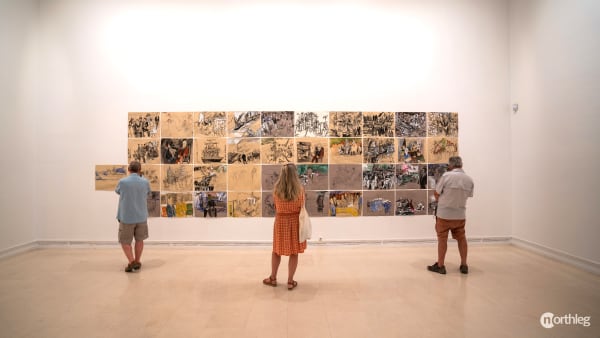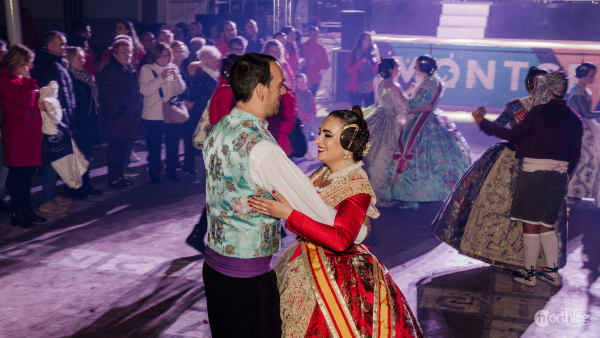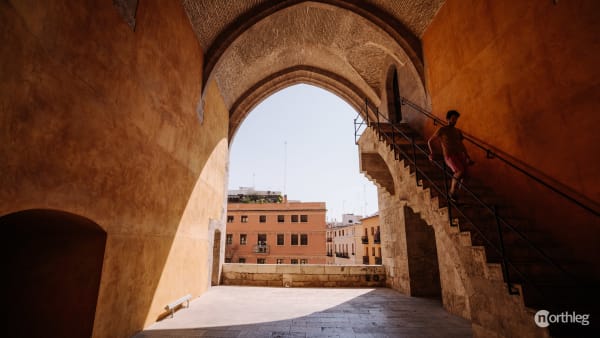Brief history
Brief history
Ruzafa’s story begins as a beautiful ornamental garden under Moorish rule. In fact, the name itself comes from the Arabic رصافة (Ruṣāfatu), meaning garden.
Over the centuries, the area developed into farming land and later on a workers and immigrants neighbourhood. Today, this barrio is considered one of the coolest neighbourhoods of Valencia.
-
711
Beginning of Moorish Rule
Valencia was peacefully conquered by the Muslim rulers and the city became part of the Caliphate of Damascus, and later on part of the Caliphate of Cordoba.
-
9th century
Ornamental garden
Prince Abd-Allah Al-Balansi ordered the planting of an ornamental garden with ponds and fountains, modelled after that of his father, the Caliph Abd al-Rahman I, in Cordoba. The garden was placed two kilometres from the city and given the same name as those in Cordoba: Al-Russafa.
-
10th-12th century
Abandonment
The Prince’s sons decided not to remain in Valencia, so the gardens were left to their own devices. Still, the garden was preserved and mostly used as a recreation area and public park.
-
1238
Christian Reconquista
King Jaume I chose this area to prepare the assault that would bring forward the Christian conquest of the city.
-
13th-15th century
Farms and suburbs
After Valencia’s conquest, the Russafa gardens were turned into farms. With the expansion of the city, the area continued to develop outside the city walls and became part of the suburbs.
-
19th century
Land of the hook
The neighbourhood saw exponential demographic growth. Over time, it developed its own identity as a hub for the importation of tree trunks. In fact, for a long time, it was known as la terra del ganxo, the land of the hook. This referred to the hooks that were used to collect and move the wooden trunks through the Turia river.
-
1811
Independent Municipality
Russafa declared itself to be an independent municipality.
-
1877
Annexation
Russafa was officially annexed to the city’s neighbourhoods and became part of the Eixample district.
-
20th century
Neighbourhood identity
During this period, Ruzafa developed its multicultural identity. The area, where rent used to be cheaper than other parts of the city, was home to Romani and immigrant (especially Latin-American, North African, and Chinese) communities, as well as other vulnerable parts of the population.
-
21st century
Gentrification
Renewal plans ultimately geared towards private capital gains were put in place. This began the process of gentrification in Russafa.
As a result, the neighbourhood has today lost some of its social fabric and multiculturalism to make room for tourist flats and trendy businesses. Still, many locals fight to maintain their cultural identity and keep old businesses alive.















